How to choose a collar for large breed dogs?
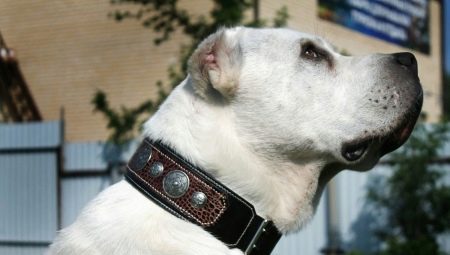
A collar is required to walk any dog on the street. It is this attribute that distinguishes a pet dog from a homeless one. Collars for dogs of large breeds are different both in the material of manufacture and in the type of purpose. Safe and comfortable walking will not work without this accessory.
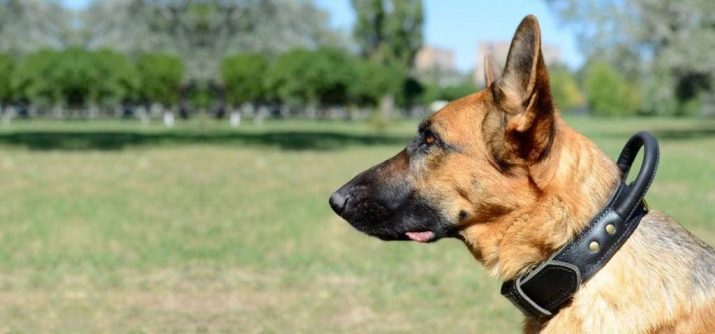
What is a collar for?
The functionality of the collar is not only about decorating the dog, first of all it is:
- means for attaching a leash on a walk;
- you can place a tag with the owner's contacts on the collar, in case the pet gets lost;
- decorative function: on this basis, the material of the collar, color, size is selected;
- corrective goals to keep your behavior in check.
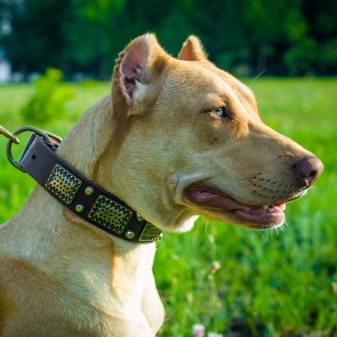
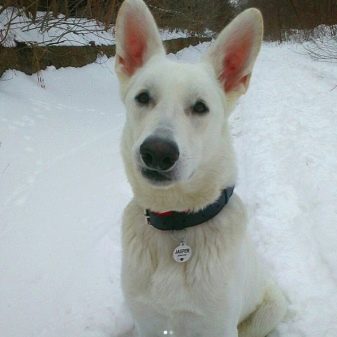
Materials (edit)
Most often, both artificial and natural leather are used. Very popular textile collars. Most often they are made from tarpaulin for large breeds, for miniature dogs they are most often velor and velvet. Tarpaulin is a very budget material, convenient, but quickly breaks down. Regular cleaning makes it unusable, at some point the dog can rip it off. Nylon and nylon collars are more durable but more expensive.
The metal accessory is one of the strongest. However, it should be borne in mind that smooth-haired breeds in it will be uncomfortable in the cold.
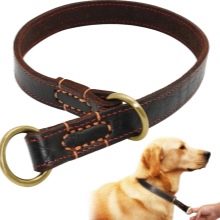
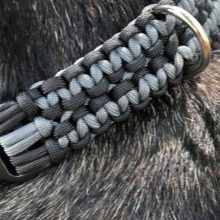
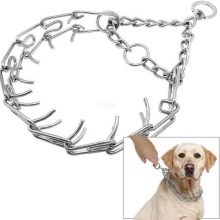
Views
The accessory can be subdivided according to various criteria, for example, the material of manufacture, the age of the dog, intended for any breed.
Soft
Very comfortable, made, as a rule, of leather and have a soft lining of fleece and felt. Among the soft collars are:
- for everyday walks, with the possibility of attaching a halter;
- for training, equipped with a holding handle;
- guard type with a half-ring into which the belt is threaded.
It is believed that artificial materials are more suitable for regular walks. Natural ones are less durable, crack with frequent washing, and are more difficult to disinfect.
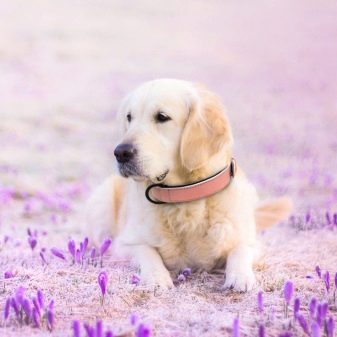
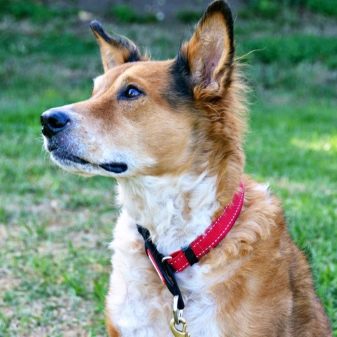
Strict
Designed for educational purposes, therefore not as comfortable as accessories from the previous group. At the same time, they are not considered rigid and do not injure the animal. It feels like a female biting her puppy. The category is subdivided into the following types.
- Parfors. A studded collar that creates discomfort when the dog pulls on the reins.
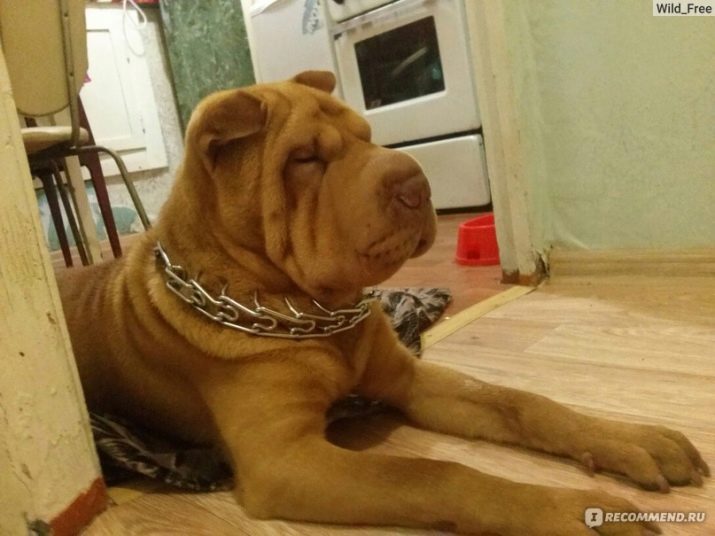
- Stranglehold... It is similar to a loop in the manner of tightening, it works great when you need to drag the animal.
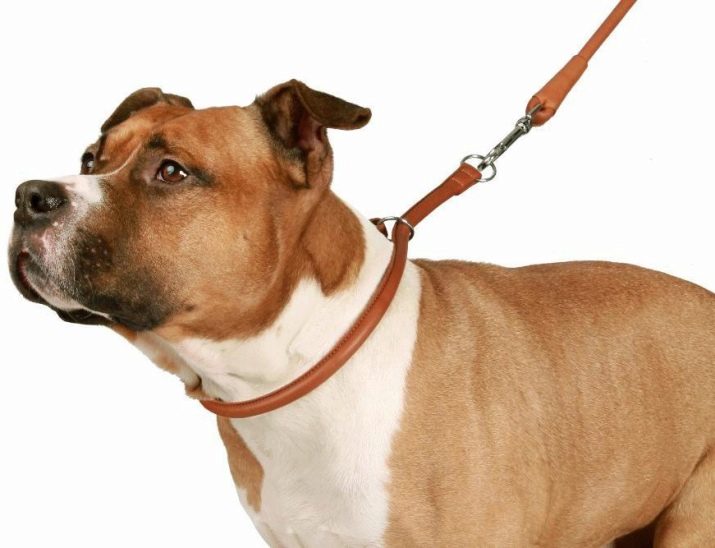
- Electroshock... Launches small discharges in order to train the dog for certain reflexes. The tingling sensations in this case are small, but very effective, while they do not come from the owner.
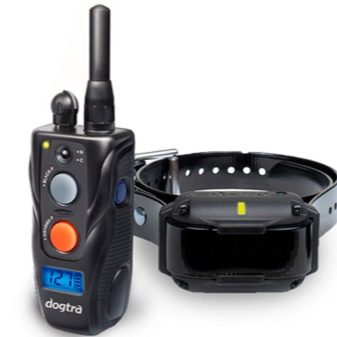
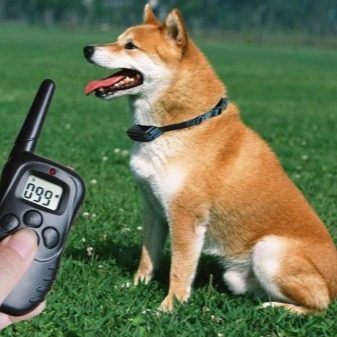
- Antilay... Essential for the control of aggressive, wasteland rocks. When the dog begins to bark, it receives an ultrasound signal from the collar, inaudible by a person. The louder the barking, the stronger the signal.
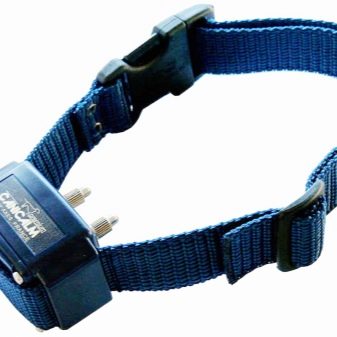
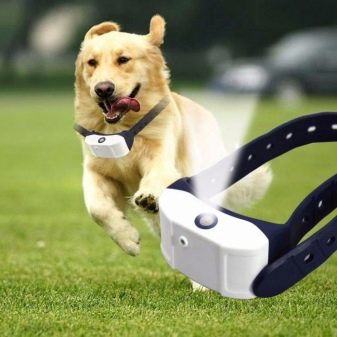
These types of collars are suitable only for large breeds and are not used often, only for training purposes. These types of puppy collars cannot be used.
Additional functions
Modern models can be equipped with useful functionality, such models are more expensive than standard ones, but they make life much easier for the owner of the dog:
- with a GPS sensor, you don't have to be afraid that the dog will get lost in the city or in nature;
- with LEDs, walking in the dark will become safer, since even if the dog runs away, it will be visible to the drivers;
- with means against parasites, the dog will not pick up ticks, fleas in the warm season, horseflies and midges will not interfere with it;
- collars for large breeds with an original decor look brutal and noticeable, most often they are thorns, however, dog breeders do not recommend such decorations, as they are traumatic;
- with an information medallion that allows the finder of the lost dog to return it to its owner.

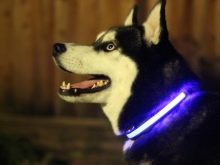
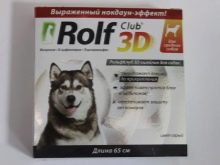
How to choose
When buying a collar, be sure to pay attention to the following parameters.
- Additional functions will help protect your pet from parasites and other troubles, the strict collar is suitable for training, the soft collar for walking.
- It is not worth buying an accessory with internal spikes, as this is cruel and painful to the animal.
- When buying beautiful decorative collars, evaluate the injury hazard of the decor, whether there are any sharp elements.
- The correct size is very important. The larger your dog, the wider the accessory should be. Each dog breed has its own optimal diameter.
- When trying on the collar, evaluate how loosely it fits around your neck. Slip two fingers through it - if they fit freely, the model fits.
- Check the buckle, it shouldn't scratch the dog. The ring must be properly attached.
- When choosing leather models, give preference to those finished with soft fabric, otherwise they will chafe. Better when the seams are on the outside of the collar or hidden.
- If the dog is on a chain, then a canvas accessory will do. It does not get tougher from temperature extremes and is not afraid of moisture.
- Be sure to take into account the age of the pet, not all models are suitable for puppies. Kids are selected accessories for growth.
- The breed of the dog is also important, for example, standard collars are not suitable for greyhounds due to the peculiarities of their constitution. For them, buy models-greyhounds.
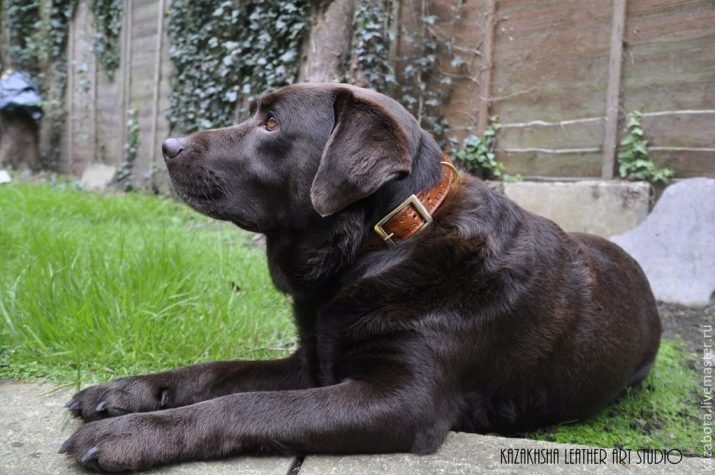
For the nuances of choosing a dog collar, see the next video.






































